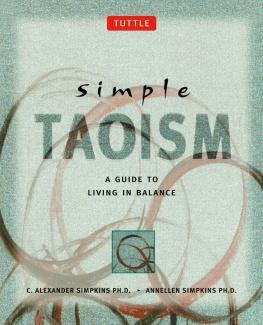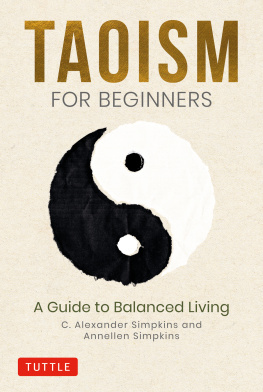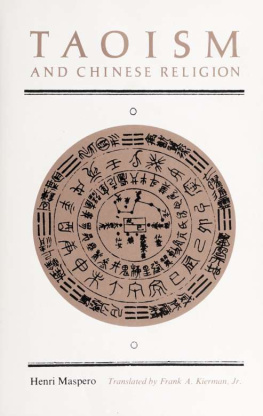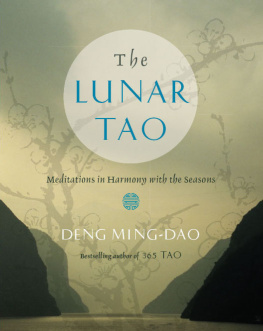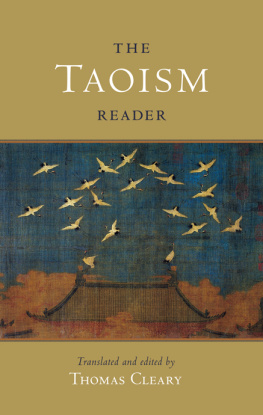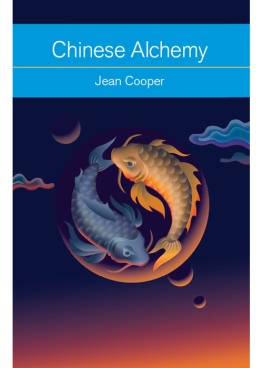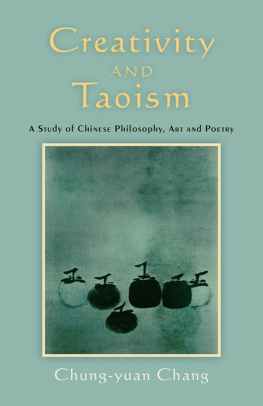Do Nothing & Do Everything
An Illustrated New Taoism
Written and Illustrated by
Qiguang Zhao

PARAGON HOUSE
St. Paul, Minnesota
Published in the United States by
Paragon House
1925 Oakcrest Avenue, Suite 7
St. Paul, MN 55113
Copyright 2010 Paragon House
All rights reserved.
No part of this book may be reproduced, in any form, without written permission from the publisher, unless by a reviewer who wishes to quote brief passages.
Ebook ISBN: 978-1-61083-048-5
Library of Congress Cataloging-in-Publication Data
Zhao, Qiguang, 1948-Do nothing and do everything : an illustrated new Taoism / written and illustrated by Qiguang Zhao. -- 1st ed.p. cm.Includes bibliographical references and index.Summary: This introduction to ancient Taoism utilizes stories and illustrations to convey the subtle ideas that go beyond language as the author applies the Taoist Wu Wei (do nothing) and Wu Bu Wei (do everything) to modern life--Provided by publisher.ISBN 978-1-55778-889-4 (hardcover : alk. paper)1. Taoism. I. Title. II. Title: Illustrated new Taoism.BL1920.Z452 2010299.514--dc222009038970
For current information about all releases from Paragon House,
visit the web site at http://www.paragonhouse.com
Contents
to Litao
The stars of wisdom shine over us.
The winds of humor dance between us.
The seas of knowledge carry us to the land of miracle.
Acknowledgements
I would like to express my gratitude to my family for their loving support. I thank my parents for teaching me culture, literature, and life philosophy through a scientific approach. With a wise sense of humor, my father, Professor of Physics Zhao Jingyuan, gives me a love of Chinese tradition and its application to modern life. Also a professor of physics, my mother, Wang Shuxian, loved and wrote Chinese classical poems. We had discussed some of the ideas and illustrations in the book a few months before she passed away. My deepest thanks go to my other family members, especially Zhiming, who edited some of my writings and provided numerous technical supports, Qizheng, who encourages me to present my ideas to a broad audience, and Qida, from whom I learned drawing pictures while telling stories.
I thank Carleton College for the financial and academic support for the project. Beautiful lakes and forests on campus, together with thought-provoking faculty, staff, and students, provide a most serene environment for talking, writing, and thinking. I greatly appreciate my students support and involvement. Through the years, students in my course Taoist Way of Health and Longevity: Tai Chi and Other Forms spoke intelligently in crowded classrooms and performed Tai Chi on campus islands. Sophie Kerman organized primary materials. Jessica Taylor edited the writing and scanned the illustrations. Kaitlin Justin, Jane Caffrey, and Zheng Zhu enthusiastically helped me to complete the final manuscript and gave me wise input.
Dr. Andrew Weis was enthusiastic about my manuscript and shared ideas on Taoism with me. He carefully read through the manuscript and gave me valuable comments and suggestions. My thanks extend to Mr. Roger Lasley, who read my manuscript and gave me helpful advice. I am deeply grateful to my colleague Professor Hong Zeng, who offered consistent support.
Many of the opinions in this book were formed when I was featured on a talk show series about Lao Tzu, aired on Shanghai Television in 2007. I thank Professor Qian Wenzhong of Fudan University for recommending me for the series. Producer Yu Yongjin, anchorman Jin Bo, and director Xia Ning of Shanghi Television made the show come to life for an audience of millions.
It is impossible to mention all of the people who have helped and inspired me. To all of them, I give my sincere thanks.
Preface
W hen I was completing this book, my mother passed away. She was a professor of physics, a poet, an athlete, and a great mother. Suddenly life and death stand in front of me not as a theoretical discussion in the classroom but as a challenge to reality. It is so difficult for us to accept the deal that life offers us. It seems unfair and crazy. We are given life, and then life is taken away without our agreement. Without a wise mother to protect me, I feel I have an immediate call to figure out the puzzle of life and death.
We do not get to choose when we are going to die or how to die. Yet we can decide when we are going to live. The time is now. Seize today and trust not in tomorrow. Eternity does not begin after death, it extends to all of the time in our lives. We are in it now. We can have it if we give upgive up our imagined ability to control life. The moon shines over snow; a planet swings around a star; a black hole devours a constellation. We cannot affect these big phenomena, and we let them be. Our daily life is part of the universe, as every small drop of ocean water reflects the enormous sun. If we cannot change the orbit of the sun, we cannot decide everything in our life either. Therefore, we should accept the pain, treasure the joy, and appreciate life now.
Nowadays, people do not live fully, and they get only about 20 percent out of their lives. This hard-to-get 20 percent of life follows the accepted standards of success and failure. The other 80 percent can be reached effortlessly. Just follow the course of nature, and life will reward you generously. Between your house and your shop, there are numerous little spots of happiness: a squirrel running away from you, a raindrop falling on you, and a stranger greeting you. Just acknowledge them. They always come to you. You do nothing, and nothing is left undone.
A life of reaction is a life of bondage. I believe that one must strive for a life of nonaction or action, not one of reaction. Doing nothing leads to courageous liberation. We should act effortlessly, without anxiety and hesitation. Sitting on the beach quietly is doing nothing. Swimming in the ocean bravely is doing everything. There are no forbidden walls between doing nothing and doing everything. We are free, as long as we cross between the two without anxiety or hesitation.
Do not hesitate when crossing. Do not be bothered by the opinions of others. Hear the call of nature, and act for yourself. You do not want to come to the last moment of your life and find that you have simply lived lifes length. You should also have lived the lifes width. So when you leave the world, you will not say, I didnt do this or I did that wrong. You are going to say, I regret nothing. I came. I did nothing. I did it all. As a happy guest, I leave now.
Introduction
T his book is based on a course I have taught since 1997, The Taoist Way of Health and Longevity: Tai Chi and Other Forms. It started out with only six students; by 2006, it had grown to about 60. The class has become one of the most popular courses at Carleton College. In this class, the students and I get lost in the mysterious and serene atmosphere of Taoism. With Lao Tzu, we ride green bulls through Hangu Pass; with Zhuangzi, we watch the fish from the bank of a river; with Liezi, we ride on the wind; with Zhang Sanfeng, we perform Tai Chi by the Cannon River. We promise to meet again in 200 years at the legendary mountain, Dahuang Shan.
On the islands in the campuss two lakes, the students and I get along well. The generational and cultural gaps disappear before the ancient philosophical giants. We even use the first paragraph of the Tao Te Ching as our class password. The first student says, The Tao that can be said The second student answers, is not the eternal Tao. The first student says, The name that can be named The second student says, is not the eternal Name. When they meet again in two hundred years, they may not recognize each other, but they will know each other by this password.
Next page

